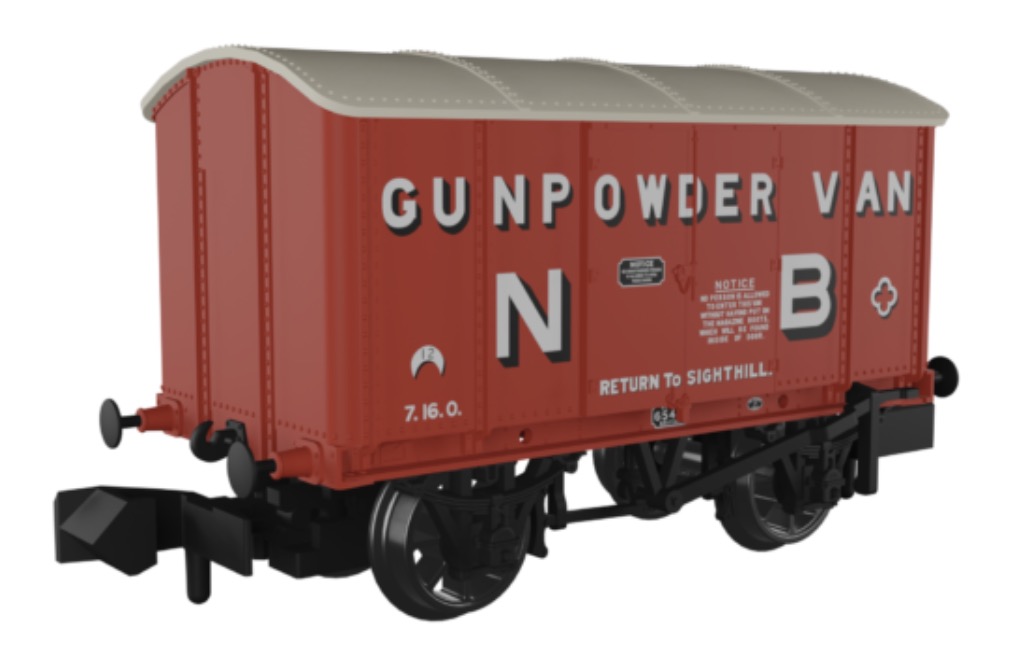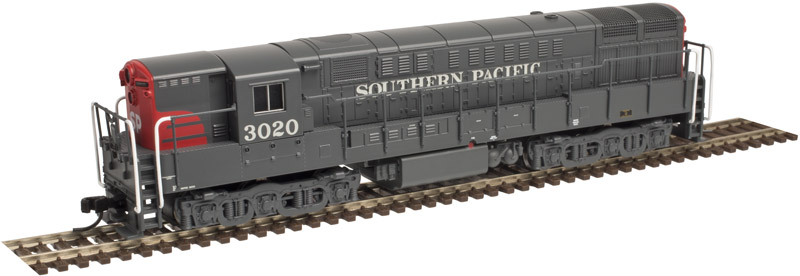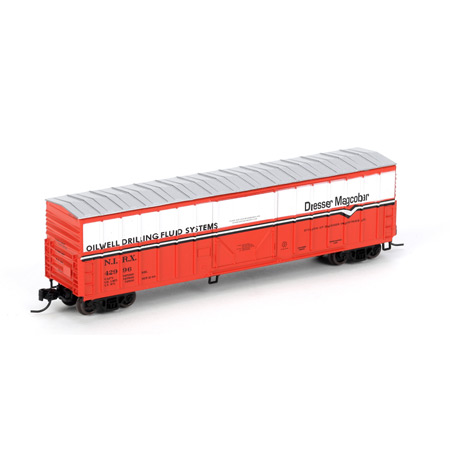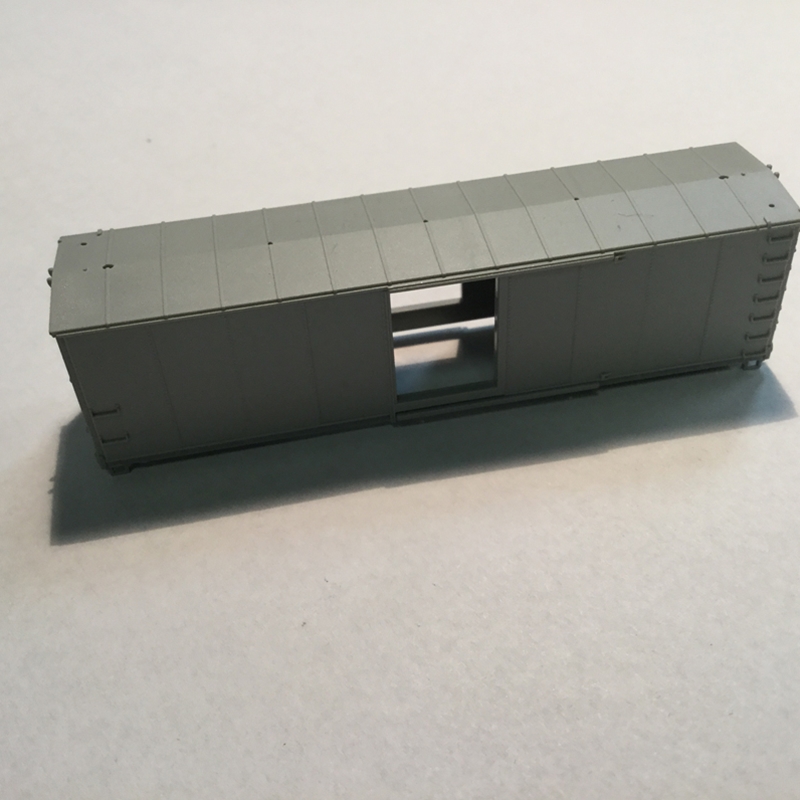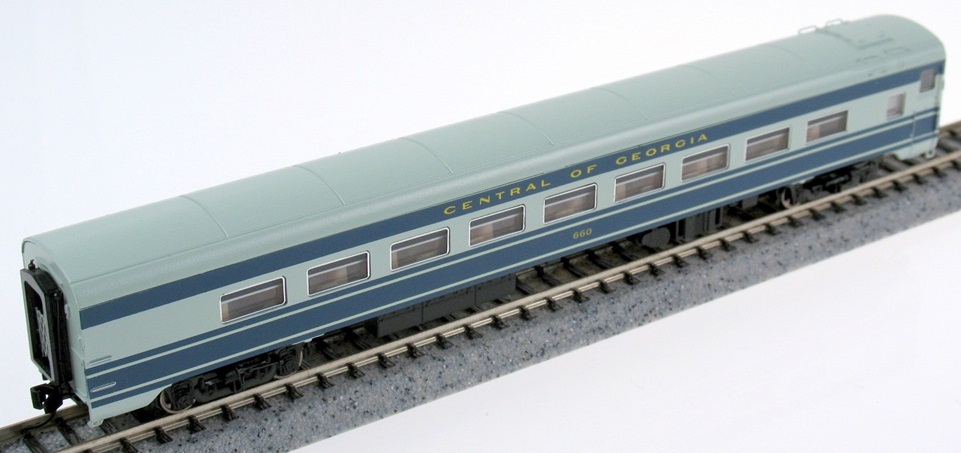Specific Item Information: Road Numbers: Wagon 1 – Caledonian Railway No.34 (plated end vents, double sided 4-shoe brakes and GPV doors) Wagon 2 – North British No.65410 (plated end vents, double sided 3-shoe brakes and GPV doors) Wagon 3 – North Eastern No.78019 (plated end vents, double sided 3-shoe brakes and GPV doors)
Road Name History: 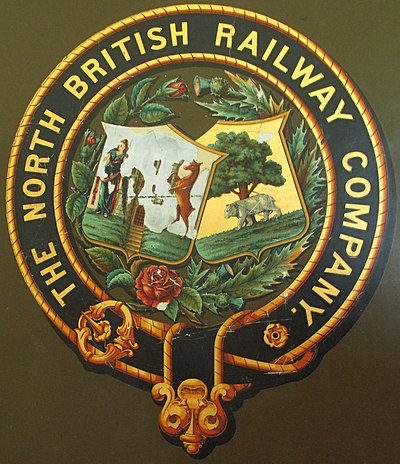 The North British Railway was a British railway company, based in Edinburgh, Scotland. It was established in 1844, with the intention of linking with English railways at Berwick. The line opened in 1846, and from the outset the company followed a policy of expanding its geographical area, and competing with the Caledonian Railway in particular. In doing so it committed huge sums of money, and incurred shareholder disapproval that resulted in two chairmen leaving the company.
The North British Railway was a British railway company, based in Edinburgh, Scotland. It was established in 1844, with the intention of linking with English railways at Berwick. The line opened in 1846, and from the outset the company followed a policy of expanding its geographical area, and competing with the Caledonian Railway in particular. In doing so it committed huge sums of money, and incurred shareholder disapproval that resulted in two chairmen leaving the company.
Nonetheless, the company successfully reached Carlisle, where it later made a partnership with the Midland Railway. It also linked from Edinburgh to Perth and Dundee, but for many years the journey involved a ferry crossing of the Forth and the Tay. Eventually the North British built the Tay Bridge, but the structure collapsed as a train was crossing in high wind. The company survived the setback and opened a second Tay Bridge, followed soon by the Forth Bridge, which together transformed the railway network north of Edinburgh.
Early on, mineral traffic became dominant and brought in much more revenue than the passenger services.
At the grouping of the railways in 1923, the North British Railway was the largest railway company in Scotland, and the fifth largest in the United Kingdom. In that year it became a constituent of the new London and North Eastern Railway.From Wikipedia

Nonetheless, the company successfully reached Carlisle, where it later made a partnership with the Midland Railway. It also linked from Edinburgh to Perth and Dundee, but for many years the journey involved a ferry crossing of the Forth and the Tay. Eventually the North British built the Tay Bridge, but the structure collapsed as a train was crossing in high wind. The company survived the setback and opened a second Tay Bridge, followed soon by the Forth Bridge, which together transformed the railway network north of Edinburgh.
Early on, mineral traffic became dominant and brought in much more revenue than the passenger services.
At the grouping of the railways in 1923, the North British Railway was the largest railway company in Scotland, and the fifth largest in the United Kingdom. In that year it became a constituent of the new London and North Eastern Railway.From Wikipedia
Item created by: CNW400 on 2024-01-11 15:03:38. Last edited by CNW400 on 2024-01-11 15:28:53
If you see errors or missing data in this entry, please feel free to log in and edit it. Anyone with a Gmail account can log in instantly.
If you see errors or missing data in this entry, please feel free to log in and edit it. Anyone with a Gmail account can log in instantly.


